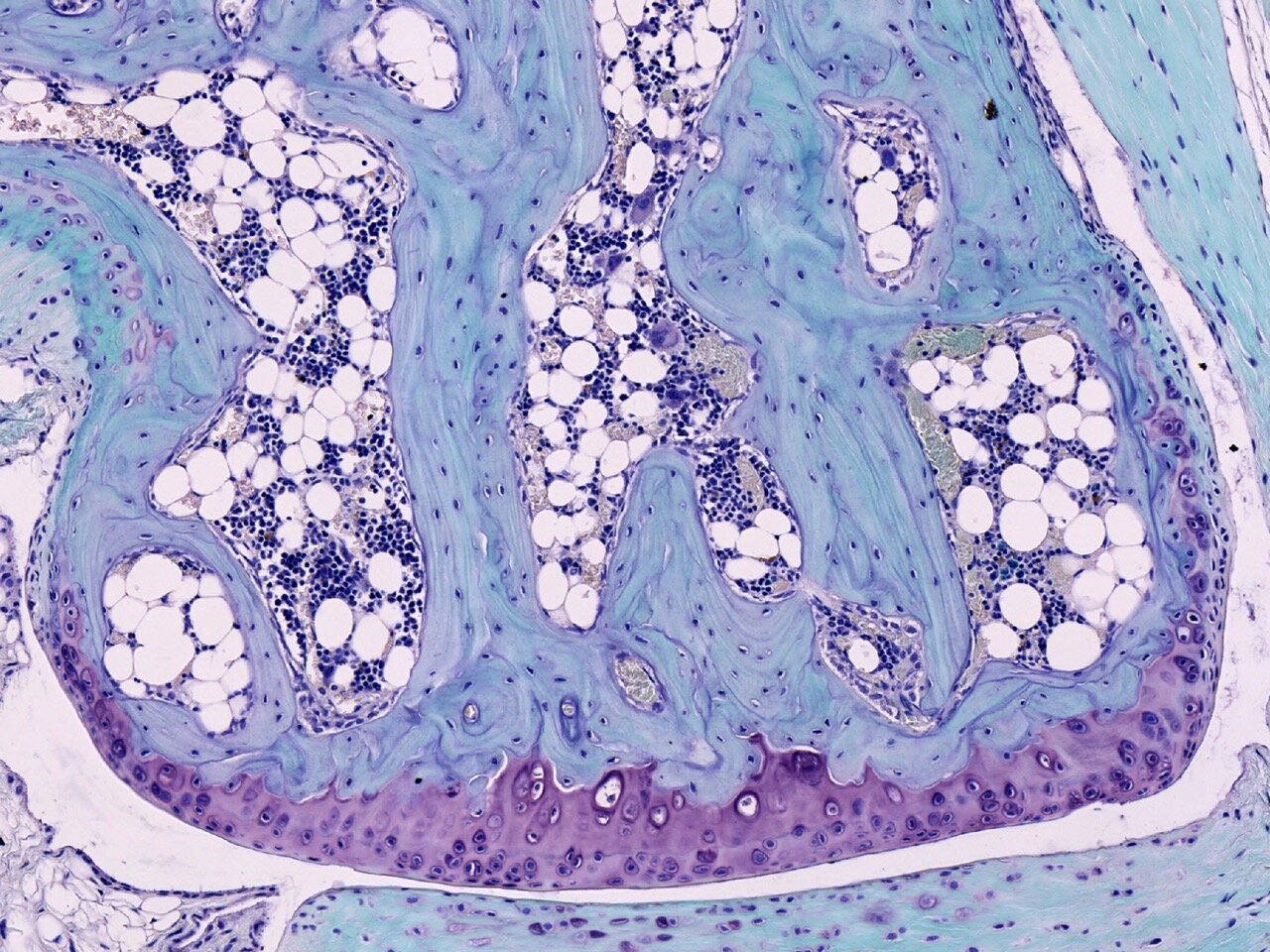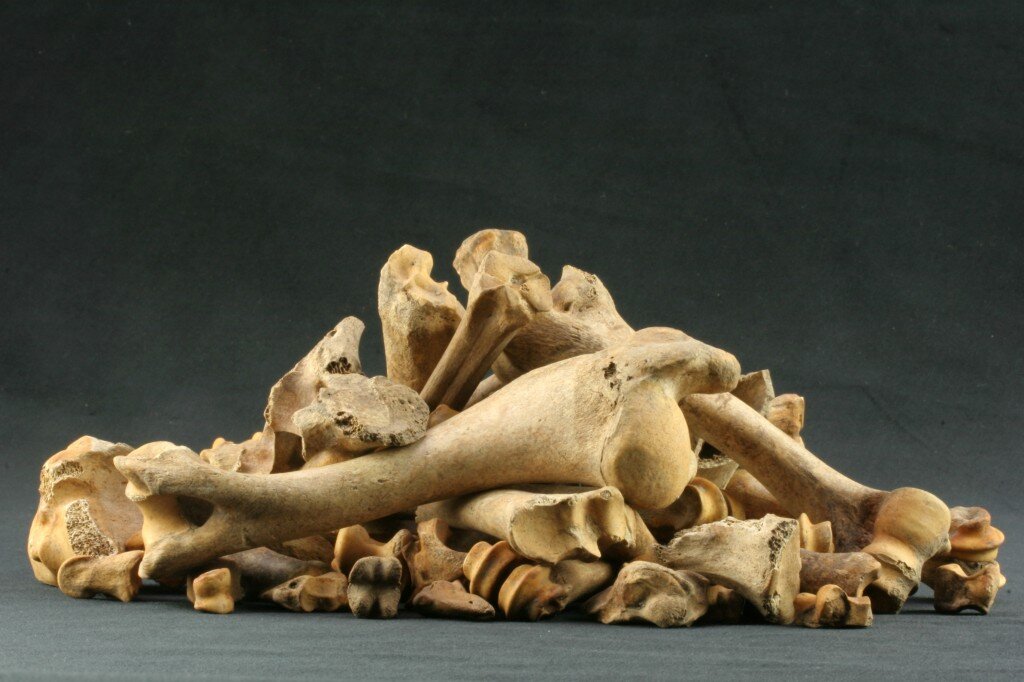
Himed and Alfred University Partner to Better Understand Synthesis and Production of Critical Biomaterials
Himed and Alfred University’s New York State College of Ceramics (NYSCC) recently announced a multi-year collaborative research agreement that aims to advance and optimize techniques used in the production of calcium phosphate biomaterials.
Such materials play a critical role in the repair of hard tissues in applications ranging from dental implants to bone grafting and bone replacement. The global market for dental implants alone, already a $4.6 billion industry, is expected to continue to grow by 9% annually through 2027. Improvements in bioactive healing through better biomaterials will benefit patients from all walks of life, including an aging global population who will come to rely on such materials for an improved quality of life.

Regrowing Cartilage in Mice May Mean Good Things for Arthritis Treatment
Researchers at Stanford have good news for the future of arthritis treatment. In a paper published in Nature Medicine, Stanford professors and visiting researcher Matthew Murphy, PhD discovered a method that resulted in the regrowth of cartilage in mice.
That’s pretty remarkable when you consider up until now, the medical community believed that once cartilage was gone, it was gone for good. Losing this critical layer of tissue between bones is what leads to the pain of arthritis and it can be lost through injury or just plain old age. Most of the treatments we have now involve invasive surgeries like joint replacements or long-term pain management regimens.

How Curved Are Your Bones? Smart Bones Can Minimize Fracture Risk
An interesting study from the Royal Veterinary College in London has provided insight that smart bones can evolve and regulate its shape to minimize risk of fracture.
The results, published in Science Advances and reported here, indicate that the bone’s responses to physiological forces is not related to mechanical stimuli, but rather, is length dependent and “highly targeted” for load predictability.

How Could Dinosaur Bones Support Such a Massive Load?!
The world’s biggest tyrannosaurus rex is believed to have weighed 9.8 tons, or 19,500 lbs.
Once the question, ”so, how do you even weigh a dinosaur” is addressed, the second natural question to ask is “how could their bones support such a massive load?”
New research recently published in PLOS ONE addresses the latter.

Is COVID-19 Stress Causing More Cracked Teeth?
Despite the COVID-19 pandemic forcing dental practices all over to temporarily shutdown, Dr. Tammy Chen of Central Park Dental Aesthetics says that she is now busier than ever.
“I’ve seen more tooth fractures in the last six weeks than in the previous six years,” she exclaimed in this New York Times article.
